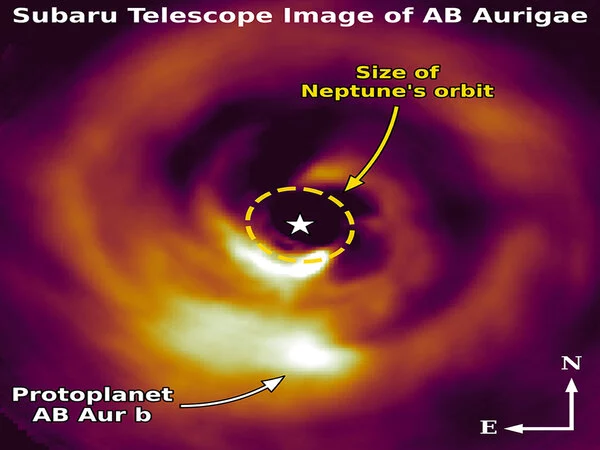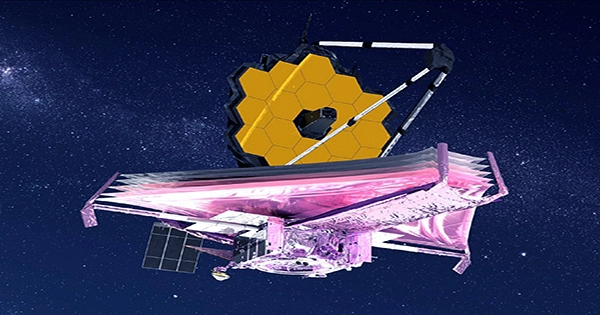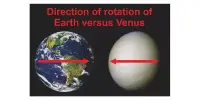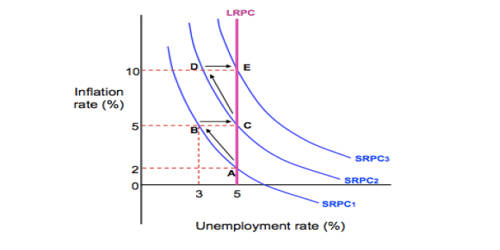In astronomical theory, a protoplanet is a hypothetical eddy in a whirling cloud of gas or dust that condenses into a planet during the formation of a solar system. As the system’s central body, or protostar, contracts and heats up, the increasing pressure of its radiation is thought to drive off much of the protoplanets’ thinner material, particularly those closest to the nascent star.
An international team of scientists has discovered a new planet that is so young that it has yet to emerge from the womb of matter where it is forming. This is the most recent protoplanet discovered. Its location and the surrounding matter patterns suggest that a different method of planet formation is at work. This discovery could help to explain the histories and features of extrasolar planets seen around other stars.
Scientists believe that terrestrial planets, such as Earth, formed billions of years ago by clumping together from dust and gas into hot blobs of molten metal and rock. They went through four stages of formation after becoming distinct planets: differentiation, cratering, flooding, and surface evolution. These changes resulted in the Earth we know today, with an iron core, a weathered, shifting surface, water, and life.
This research adds to our understanding of the various ways planets form. The 8.2-meter Subaru Telescope is situated near the summit of Maunakea in Hawai’i, an inactive volcano renowned for its unrivaled qualities as an astronomical site as well as its deep personal and cultural significance to many Native Hawaiians.
Thayne Currie
A large Jupiter-like gas planet begins as a rocky core in a protoplanetary disk around a young star, according to the standard model of planet formation. This core then absorbs gas from the disk, forming a massive planet. While this model works well for the planets in the Solar System, it has trouble explaining exoplanets which have been discovered around other stars at distances much larger than the orbit of Neptune, the outermost Solar System planet.
Because rocky cores are unlikely to form far from the central star, core accretion cannot drive distant planet formation. According to one theory, outlying planets form close to the central star and move outwards. However, new observations made with an extreme adaptive optics system that allows the Subaru Telescope to image faint objects close to brighter stars directly show what appears to be a protoplanet in the process of forming directly at a distance of 93 au: more than three times the distance between the Sun and Neptune.

The analysis of this object, dubbed AB Aur b, reveals that a simple model of starlight reflected from a disk anomaly cannot reproduce the observations, nor can a model of a naked planet. The best fit models suggest that AB Aur b is a young protoplanet still forming in a womb of matter in the protoplanetary disk. Nearby spiral structures in the disk correspond to models in which a planet forms directly from the gravitational collapse of surrounding matter. This discovery has significant implications for explaining the numerous observed outlying exoplanets as well as the overall theoretical model of planet formation.
Many meteor and asteroid impacts occurred on the early Earth. This continuous bombardment contributed to raising the surface temperature and preventing materials from cooling and coalescing on the surface. Because of the overall instability of the surface materials, they were vulnerable to separation due to gravity. The lightest materials remained at the crust’s surface, while denser materials gravitated lower, into the mantle. The crust solidified as the Earth cooled, and plate tectonics began.
Gravitational forces both aided in the accumulation of iron in the Earth’s core and in the generation of additional heat. Gravity caused the early Earth to compact into a planet, which produced heat. As a result, gravitational energy helped raise the temperature of the Earth by an additional 1,000 degrees Celsius (about 1,800 degrees Fahrenheit). In turn, this temperature increase helped sustain the presence of molten iron at the Earth’s core.
“This research adds to our understanding of the various ways planets form,” says Thayne Currie, lead author of the discovery paper. The 8.2-meter Subaru Telescope is situated near the summit of Maunakea in Hawai’i, an inactive volcano renowned for its unrivaled qualities as an astronomical site as well as its deep personal and cultural significance to many Native Hawaiians.















